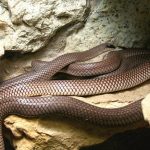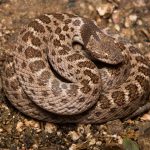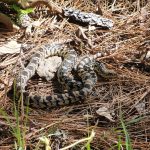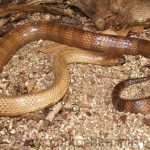The Common Krate or the Indian Krate is one of the ‘big four’ species of poisonous snakes that are known to inflict the most snakebites on humans in India, especially in the jungle areas.
| |
| Kingdom |
Animalia |
| Phylum |
Chordata |
| Subphylum |
Vertebrata |
| Class |
Reptilia |
| Order |
Squamata |
| Suborder |
Serpentes |
| Family |
Elapidae |
| Genus |
Bungarus |
| Scientific Name |
Bungarus caeruleus |
|
| Other Names |
Indian Krate, Common Krate |
| Length |
Up to 5 ft 9 in (average: 3 ft) |
| Color |
Beige to off white rings on black to bluish black base |
| Distribution |
Indian subcontinent from Sindh (Pakistan) to the West Bengal plains, and throughout South India and Sri Lanka; also recorded in Afghanistan, Bangladesh, and Nepal |
| Habitat |
Mostly prefer jungles; fields and low scrub jungle, termite mounds, brick piles, rat holes, even inside houses; love staying close to water source |
| Diet |
Other snake species; also cannibalizes other kraits (adults and youngs); small mammals like rats and mice, lizards and frogs; young snakes prey upon arthropods |
| Venom Fact |
Highly venomous |
| Mode of Reproduction |
Oviparous (egg laying) |
Blue Krait Pictures Gallery
-
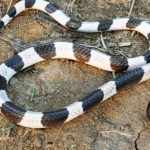
-
Blue Krait Images
-
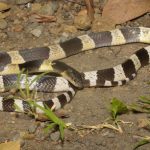
-
Blue Krait Photos
-
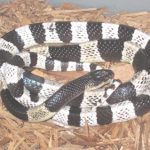
-
Blue Krait Pictures
-
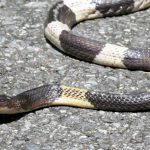
-
Blue Krait Snake
-
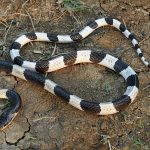
-
Blue Krait
-
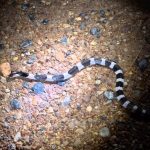
-
Blue Kraits
-
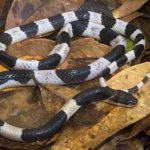
-
Bungarus Candidus
-
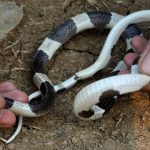
-
Images of Blue Krait
-
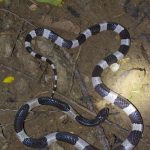
-
Malayan Krait
-
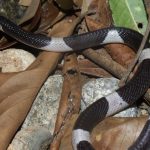
-
Pictures of Blue Krait
-
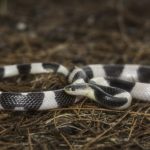
-
Malayan Krait Snake













